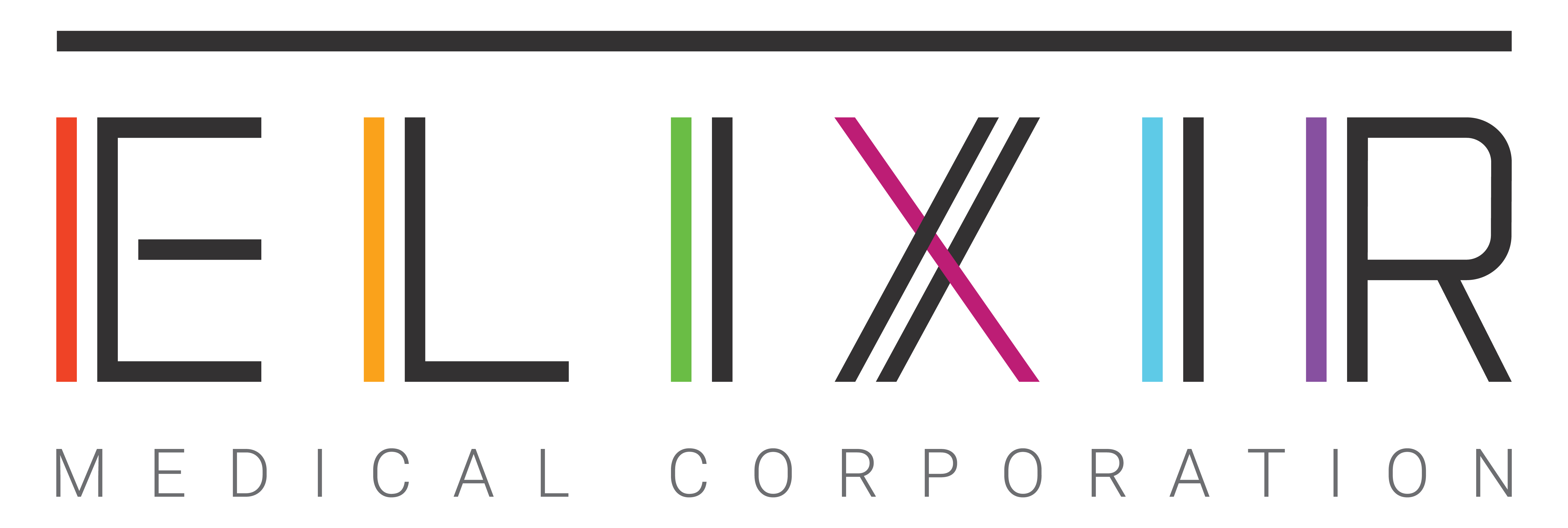TRANS-
FORMATION
Unlocked
At Elixir we believe that only by harnessing the power of transformation can there be real-world impact. We are re-imagining how radical medical technologies will breathe new life into vascular interventions, reshaping it for decades to come.
TRANSFORMATION.
TRANS-
FORMA-
TION.
Unlocked.
At Elixir we believe that only by harnessing the power of transformation can there be real world impact. We are re-imagining how radical medical technologies will breathe new life into vascular interventions, reshaping it for decades to come.
We tackle big problems in vascular medicine.
We use transformation as a solution to improve health and quality of life for patients. By disrupting the status quo, we are going where others have given up.
CVDs are leading cause of death
244.1 million
About 6 million
patients undergo PCI (Percutaneous Coronary Intervention) every year
$407.3 billion
in direct and indirect cost in the United States3
805,000 annual heart attacks in US
20% of patients experience an adverse event
within 5 years after PCI procedure4
These findings establish that the bioadaptor addresses the shortcomings of DES and bioresorbable scaffolds and collectively point to a technology-effectiveness standard not seen before. The finding of plaque changes is very exciting, pointing to a new effect and potential benefit of restoring vessel function.
DR. SHIGERU SAITO
Our technologies
DynamX bioadaptor is a coronary implant that is uniquely designed to not only restore blood flow, but to also unlock and uncage the vessel, allowing the artery to return to its natural physiology, motion and function while DynamX continues to provide dynamic support.
INTRAVASCULAR LITHOTRIPSY
Our novel intravascular lithotripsy catheter uses Hertz Contact Stress to harness the power of physics and mechanics to fracture calcium. Designed with deliverability, safety and simplicity of use in mind.
SITE-SPECIFIC ANTITHROMBOTIC THERAPY
We developed the world’s first site-specific antithrombotic therapy using two anticoagulants (rivaroxaban and argatroban) and an antiproliferative mTOR inhibitor, sirolimus. The technology is designed to address challenges associated with percutaneous coronary intervention (PCI), including management of thrombotic and bleeding risk.
News
Elixir Medical Receives FDA Breakthrough Device Designation for the DynamX BTK System for Use in the Treatment of Chronic Limb-Threatening Ischemia Resulting From Below-The-Knee Arterial Disease
Elixir Medical today announced it has been granted Breakthrough Device Designation by the U.S. Food and Drug Administration (FDA) for its DynamX® BTK System.
TCT 2023: Six-Month Clinical Data from DESyne® BDS Plus Randomized Controlled Trial (RCT) Support Safety and Effectiveness of World’s First Site-Specific Antithrombotic Drug Therapy
Elixir Medical announced positive six-month clinical data from the DESyne BDS Plus Randomized Controlled Trial (RCT) evaluating DESyne BDS Plus versus a second-generation, durable polymer drug-eluting stent (DES).
Randomized Clinical Dataset Featuring World’s First Triple Drug-Eluting Coronary Implant Eluting Two Anticoagulants and Sirolimus At TCT 2023
Elixir Medical will present primary endpoint and 6-month data from its DESyne BDS Plus Randomized Clinical Trial (RCT), a prospective, multicenter, single-blind study, as part of The Innovation Program at the Transcatheter Cardiovascular Therapeutics (TCT) conference in San Francisco
"Drug-eluting stents have been a blessing in the field of interventional cardiology. Nevertheless, the permanent cage, which prevents vessel remodeling, is a limitation. I believe that keeping the vessel as natural as possible is a positive feature (of the bioadaptor)."
Professor Antonio Colombo, MD
"The bioadaptor is a revolutionary innovation in percutaneous coronary intervention."
Dr. Shigeru Saito
“What sets the bioadaptor apart is that it allows the vessel to move more naturally. I think it does not restrict its natural motion. It is a much more physiologic implant than our traditional stents.”
Dr. Mladen Vidovich
"Although drug-eluting stents (DES) work well for treating coronary artery disease (CAD), they still have limitations even with the latest improvements. It's worth noting that even after five years, more than 20% of patients still experience chest pain or need to return to the hospital, which is a significant number. That's why I'm excited about the bioadaptor technology. It's a new kind of device that's different from traditional stents. This innovative approach can potentially overcome DES's limitations and improve how we treat CAD."
Manh-Hung Pham, MD
"Based on the fact that this device has so many wonderful characteristics and so much positive potential, this is something that every physician should be keen on using in his clinical practice."
Stefan Verheye, MD
"We are grateful to the clinical investigators who ran a world-class randomized controlled trial proving the safety and effectiveness of the DynamX bioadaptor against a leading third-gen DES. The findings of the BIOADAPTOR RCT show the leap-forward in patient care provided by uncaging arteries and continued dynamic vessel support, leading to restoration of motion and function that are critical to improving clinical outcomes for CAD patients."
Vinayak Bhat, PhD
References
- https://www.who.int/health-topics/cardiovascular-diseases#tab=tab_1
- https://professional.heart.org/
-/media/PHD-Files-2/Science-News/2/2022-Heart-and-Stroke-Stat-Update/2022-Stat-Update-factsheet-GIobal-Burden-of-Disease.pdf - https://www.ahajournals.org/doi/epub/
10.1161/CIR.0000000000001123 - https://www.ahajournals.org/doi/full/
10.1161/CIRCINTERVENTIONS.114.002230
- https://www.who.int/health-topics/cardiovascular-diseases#tab=tab_1
- https://professional.heart.org/-/media/PHD-Files-2/Science-News/2/2022-Heart-and-Stroke-Stat-Update/2022-Stat-Update-factsheet-GIobal-Burden-of-Disease.pdf
- https://www.ahajournals.org/doi/epub/10.1161/CIR.0000000000001123
- https://www.ahajournals.org/doi/full/10.1161/CIRCINTERVENTIONS.114.002230
PMN 1708 Rev A



